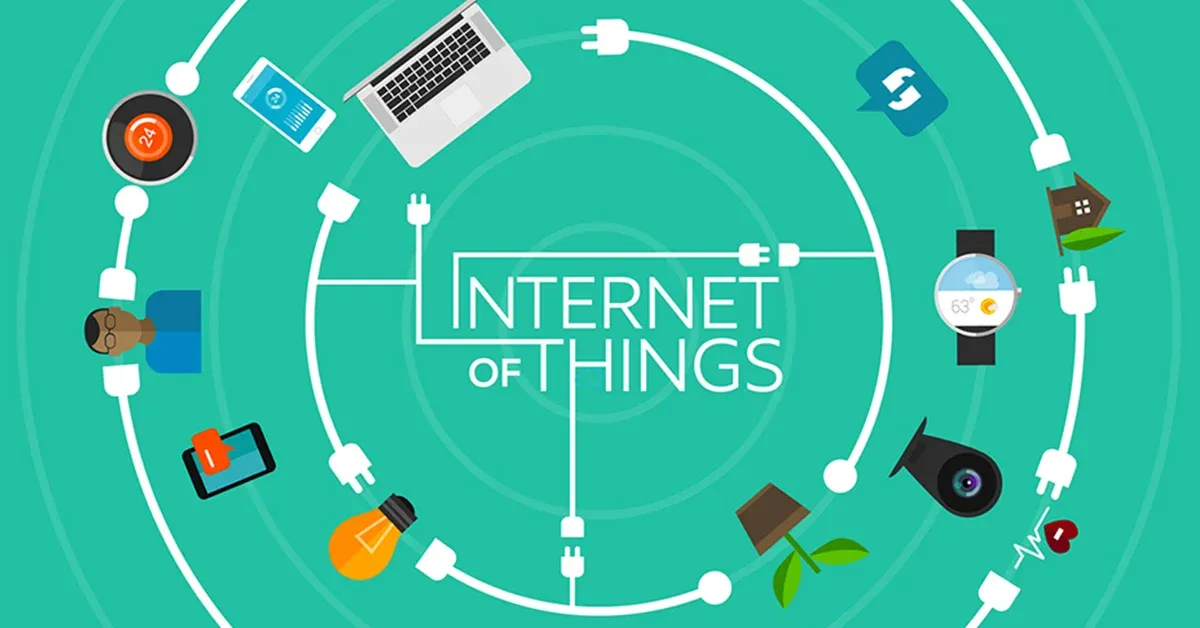The Evolution of IoT: Connecting the World One Device at a Time
In a world driven by technological advancements, the Internet of Things (IoT) has emerged as a transformative force, weaving the fabric of connectivity between our physical and digital realms. This network of interconnected devices, ranging from everyday objects to complex machinery, has opened the door to a new era of efficiency, convenience, and innovation. Understanding IoT
At its core, the Internet of Things refers to the interconnection of devices via the internet, enabling them to collect and exchange data without direct human intervention. This data exchange can occur between devices of the same kind or between heterogeneous devices, creating a seamless ecosystem of information flow.
Imagine waking up in the morning as your smart alarm clock synchronizes with your coffee machine to brew your favorite blend, while simultaneously adjusting your thermostat to your preferred temperature – all before you even step out of bed. This level of automation and synchronization is the essence of IoT, simplifying and enhancing various aspects of our lives. Impact on Industries
-
- Retail: IoT has revolutionized the retail industry by enabling personalized shopping experiences. RFID tags, for instance, track inventory in real-time, alerting store managers when items are running low. Smart shelves interact with customers’ smartphones, providing product information and promotions as they browse the aisles.
-
- Healthcare: The healthcare sector has embraced IoT to monitor patient health remotely and optimize hospital operations. Wearable devices, such as fitness trackers and continuous glucose monitors, collect data that can be shared with medical professionals for timely interventions. Additionally, IoT-enabled equipment in hospitals ensures efficient utilization and maintenance of critical resources.
-
- Manufacturing: IoT has ushered in the era of Industry 4.0, where factories are equipped with interconnected sensors, machines, and systems. This connectivity enables real-time monitoring of production lines, predictive maintenance, and even remote control of equipment, leading to increased productivity and reduced downtime. Challenges and Considerations
While the potential of IoT is vast, it is not without its challenges:
-
- Security: With the increasing number of interconnected devices, the potential attack surface for cybercriminals widens. Ensuring the security and privacy of the data being exchanged is of paramount importance.
-
- Data Management: The sheer volume of data generated by IoT devices can be overwhelming. Effectively managing, storing, and analyzing this data requires robust infrastructure and advanced analytics capabilities.
-
- Interoperability: IoT devices often come from different manufacturers, leading to compatibility issues. Establishing common communication protocols and standards is essential to ensure seamless integration. The Road Ahead
As IoT continues to evolve, we can expect to see even more innovative applications across various domains. Smart cities will leverage IoT to optimize traffic flow and resource management, while agriculture will benefit from precision farming techniques driven by sensor data. The integration of AI and machine learning will further enhance IoT’s capabilities, enabling devices to make intelligent decisions based on the data they collect.
In conclusion, the Internet of Things stands as a testament to human ingenuity and our ability to connect and innovate. As we navigate the challenges and opportunities it presents, one thing remains clear: IoT is not just about connecting devices; it’s about connecting lives and transforming the way we interact with the world around us. So, whether we’re talking about smart homes, intelligent factories, or connected vehicles, the IoT landscape is one that promises to shape our future in ways we’re only beginning to comprehend.

